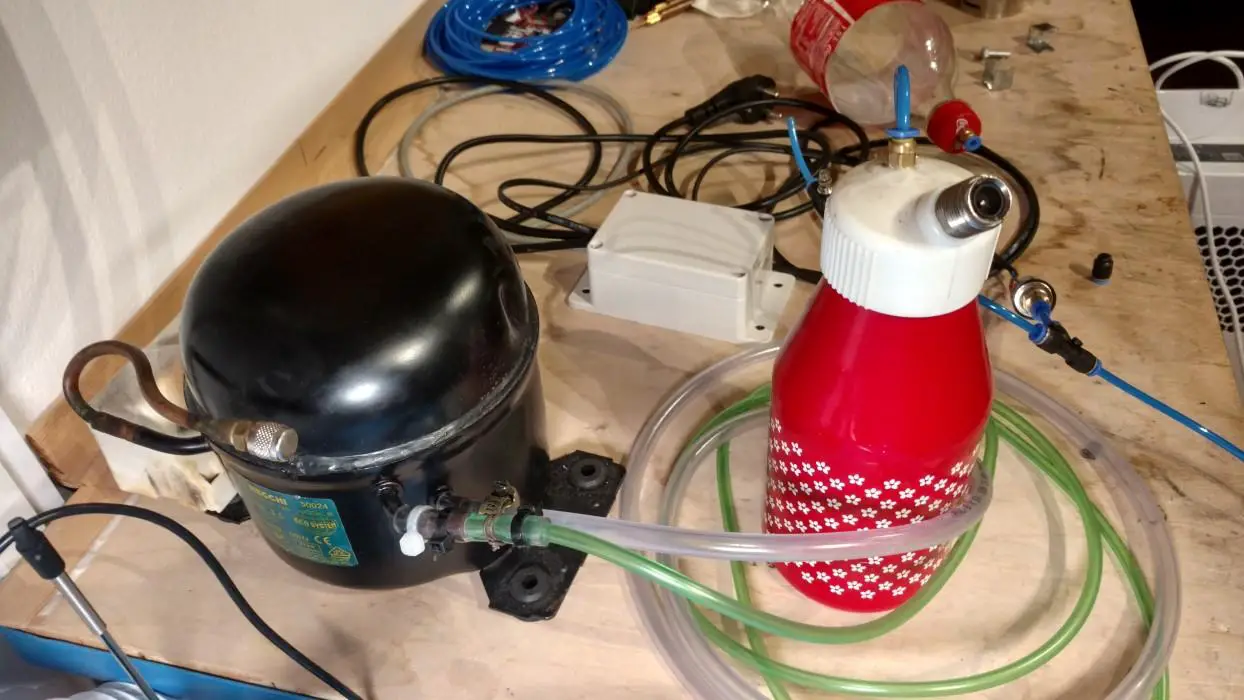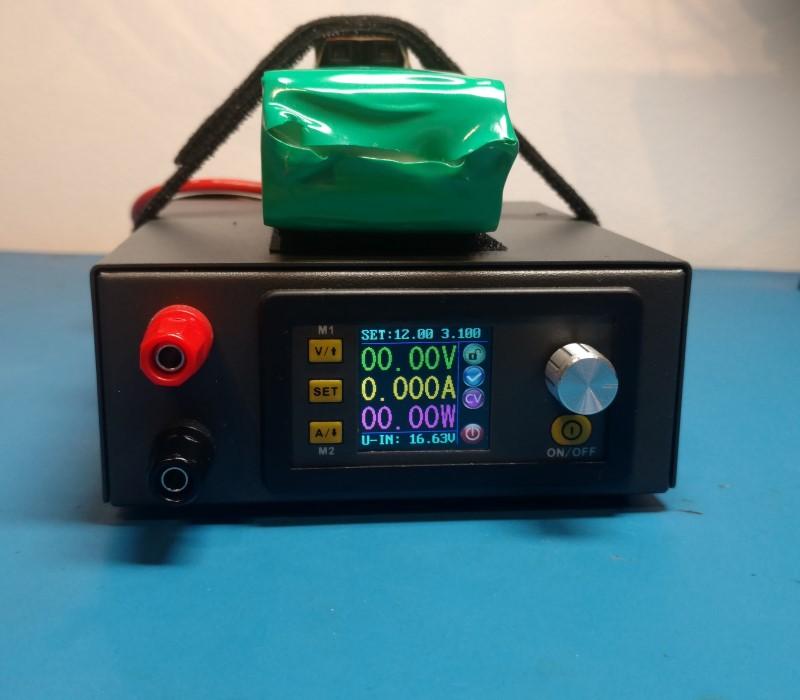C# Threads and Multithreading
In this tutorial, we will take a look at threads in C#. To explain what a thread is let’s first start off with the explanation of what a process is. A process is an instance of your application. The OS will assign it a chunk of virtual memory, execution context(program counter, registers, PID, …) and resource handles.









